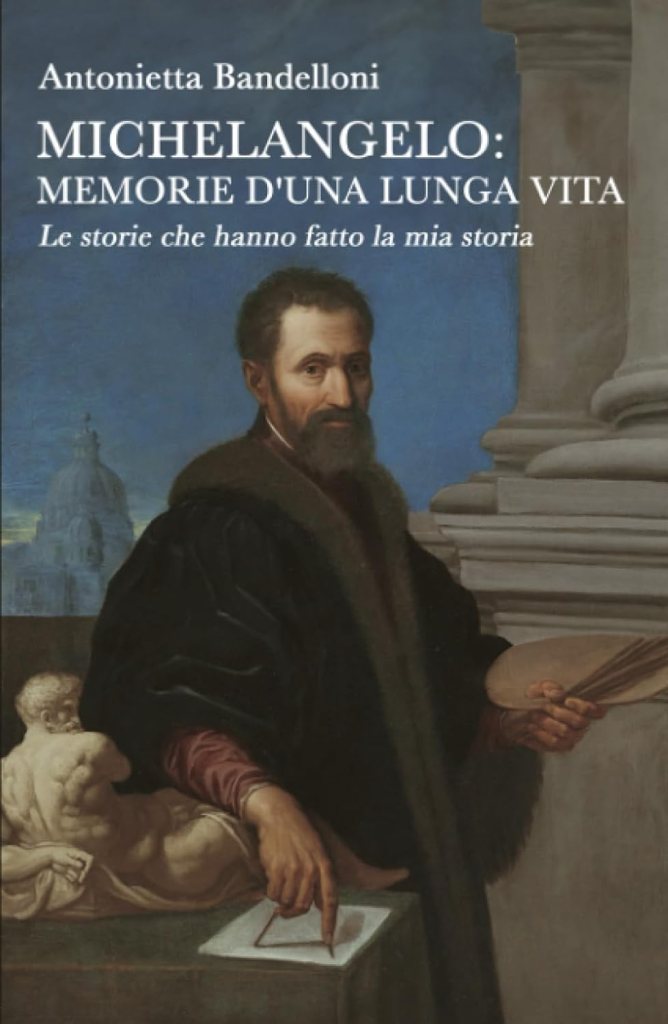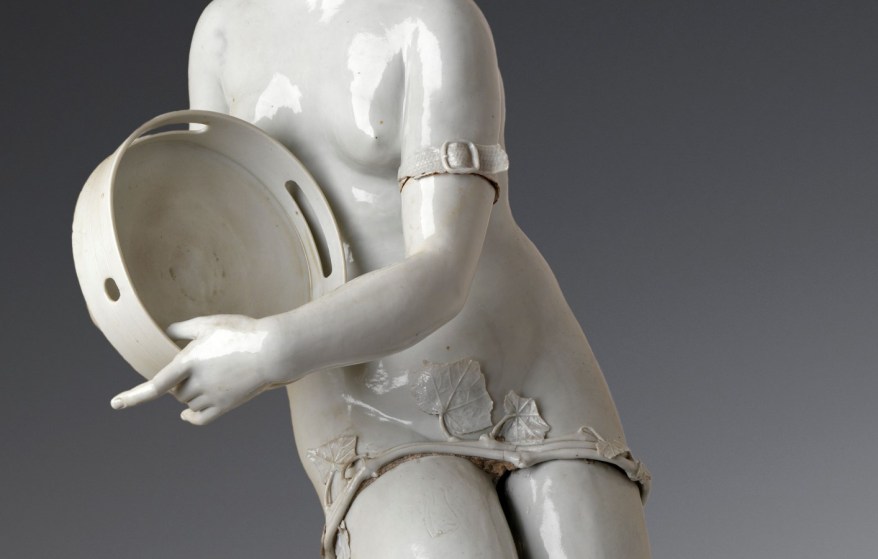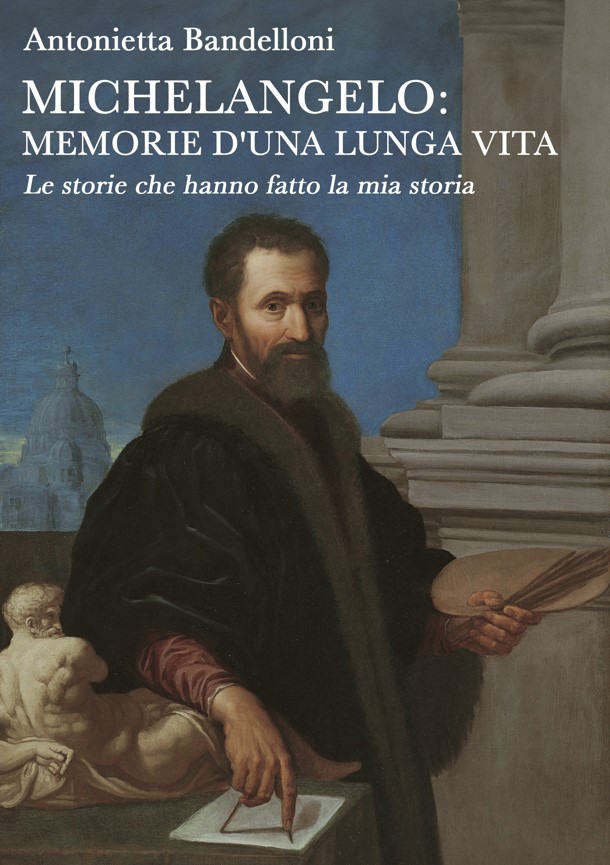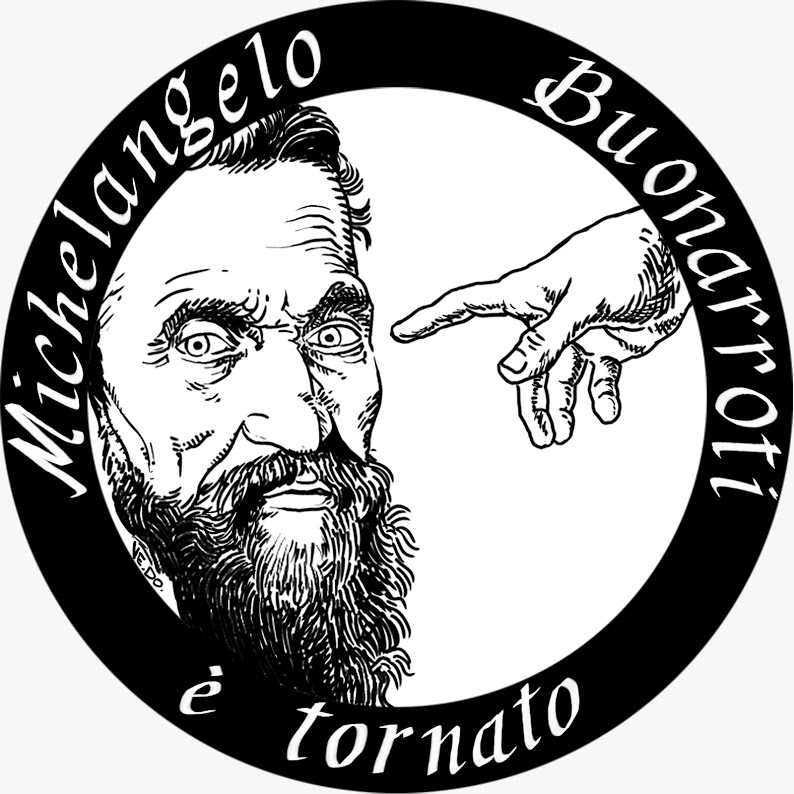L’attenta scelta della simbologia riferita alle Ore del giorno dei duchi Medici
I due duchi Medici Giuliano e Lorenzo, grazie alla loro fama, dopo la morte rimarranno eterni, al di sopra dello scorrere del tempo.
Le due sculture di Giuliano duca di Nemours e Lorenzo duca d’Urbino si elevano infatti al di sopra delle quattro allegorie che rappresentano il Giorno e la Notte, il Crepuscolo e l’Aurora.
Le ore nette del giorno, ovvero quelle che raffigurano il buio e la luce, hanno pose dinamiche e si trovano al di sotto del duca che sembra più attivo e meno riflessivo: Giuliano. Le ore di passaggio, il Crepuscolo e l’Aurora, hanno un atteggiamento più languido e meno deciso. Non a caso volli fossero poste ai piedi del pensoso Lorenzo.
Dovete sapere che in un foglio riconducibile al 1524, su cui tracciai delle bozze per alcuni dettagli architettonici per la Sagrestia Nuova, scrissi un immaginario dialogo fra la scultura della Notte e quella del Giorno, mettendo in evidenza il fatto che la lettura della loro simbologia fosse direttamente collegata fra di loro.
El Dì e la Notte parlano, e dicono: Noi abbiàno col nostro veloce corso condotto alla morte el duca Giuliano; è ben giusto che e’ ne facci vendetta come fa. E la vendetta è questa: che avendo noi morto lui, lui così morto ha tolta la luce a noi e cogli occhi chiusi ha serrato e’ nostri, che non risplendon più sopra la terra. Che arrebbe di noi dunche fatto, mentre vivea?
In queste righe, in sintesi, scrivevo che Giuliano attraverso la sua fama era riuscito ad annullare il tempo, trionfando sul suo incessante scorrere: una sorta di vendetta resa possibile dalla notorietà.
La scomparsa della luce del giorno, simboleggiata dalla scultura della Notte, ai miei tempi era una chiara metafora della morte ma non solo.
Marcello Virgilio Adriani che aveva scritto l’orazione funebre per il duca Giuliano nel 1516, adopera lo stesso tipo di similitudine.
In quel periodo ero a Firenze e probabilmente ebbi modo di sentire in prima persona quel discorso dedicato a uno dei personaggi per i quali stavo per realizzare la tomba.
Per il momento il sempre vostro Michelangelo Buonarroti vi saluta dandovi appuntamento ai prossimi post e sui social.
The careful choice of symbolism referring to the Hours of the day of the Medici dukes
The two Medici dukes Giuliano and Lorenzo, thanks to their fame, will remain eternal after their death, above the passing of time.
The two sculptures of Giuliano, Duke of Nemours and Lorenzo, Duke of Urbino rise above the four allegories representing Day and Night, Twilight and Dawn.
The clear hours of the day, i.e. those that represent darkness and light, have dynamic poses and are located below the duke who seems more active and less reflective: Giuliano. The passing hours, Twilight and Dawn, have a more languid and less decisive attitude. It is no coincidence that I wanted them placed at the feet of the thoughtful Lorenzo.
You should know that in a sheet dating back to 1524, on which I drew some drafts for some architectural details for the New Sacristy, I wrote an imaginary dialogue between the sculpture of Night and that of Day, highlighting the fact that the reading of their symbolism was directly connected to each other.
The Day and the Night speak, and say: With our rapid course we have led Duke Giuliano to his death; It’s only right that we take revenge as he does. And the revenge is this: that since we died, he, dead, took away the light from us and with his eyes closed closed ours, which no longer shine above the earth. What would he have done with us, while he lived?
In these lines, in summary, I wrote that Giuliano, through his fame, had managed to annul time, triumphing over his incessant flow: a sort of revenge made possible by notoriety.
The disappearance of daylight, symbolized by the sculpture of Night, in my time was a clear metaphor for death but not only. Marcello Virgilio Adriani, who had written the funeral oration for Duke Giuliano in 1516, uses the same type of simile. At that time I was in Florence and I probably had the opportunity to hear firsthand that speech dedicated to one of the characters for whom I was about to create the tomb.
For the moment, your always Michelangelo Buonarroti greets you and will meet you in the next posts and on social media.

Sostienici – Support Us
Se questo blog ti piace e ti appassiona, puoi aiutarci a farlo crescere sempre più sostenendoci in modo concreto condividendo i post, seguendo le pagine social e con un contributo che ci aiuta ad andare avanti con il nostro lavoro di divulgazione. . ENGLISH: If you like and are passionate about this blog, you can help us make it grow more and more by supporting us in a concrete way by sharing posts, following social pages and with a contribution that helps us to move forward with our dissemination work.
8,00 €
-

Alberto Angela torna a Pompei
Alberto Angela torna a Pompei per raccontare al grande pubblico le nuove scoperte fatte dagli archeologi negli ultimi mesi…
-

La Madre: una delle sculture più riuscite di Arthur Lewin Funke
🇮🇹La scultura del giorno che vi propongo oggi è l’intensa opera della Madre dell’artista tedesco Arthur Lewin Funke… 🇬🇧The sculpture of the day that I propose to you today is the intense work of the Mother by the German artist Arthur Lewin Funke…
-

L’incontro tra Dürer e i nordici con l’arte veneta e italiana a Trento
🇮🇹Sarà Albrecht Dürer il protagonista indiscusso della mostra che celebrerà il centenario del Museo del Castello del Buonconsiglio, a Trento… 🇬🇧Albrecht Dürer will be the undisputed protagonist of the exhibition that will celebrate the centenary of the Buonconsiglio Castle Museum, in Trento…
















